
While we hope you aren’t feeling queasy, this guide to the BRAT diet will help if you find yourself needing a rescue remedy for nausea and loose stools.
Most of us have memories of at least one time in our childhoods when we had a stomach bug. You might remember how dreadful you felt, and that even going to school would have been more fun than watching your favorite cartoons or TV shows while sick on the couch.
When you finally started regaining your ability to hold down some food, your mom, dad, or caretaker probably tried to get you to eat a few bites of plain toast, white rice, or something else very bland and easy to digest.
The BRAT diet is all about easing stomach distress with easy-to-digest foods. Following the BRAT diet when you have a stomach flu, diarrhea, or nausea can be a helpful way to keep your strength up without exacerbating your GI symptoms.
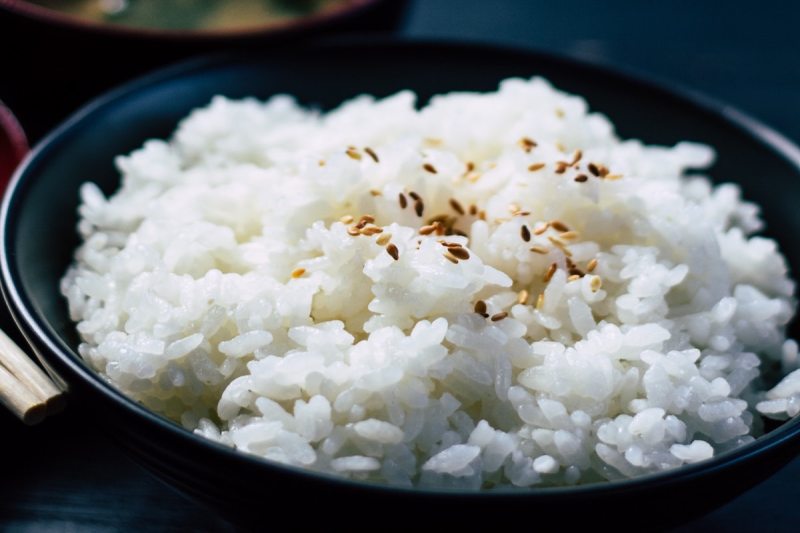
What is the BRAT diet?
The BRAT diet, which is an acronym that stands for bananas, rice, applesauce, and toast, is a diet designed to help treat and support stomach problems in adults. By focusing on four easy-to-digest foods, the BRAT diet limits fiber intake as a means to reduce the severity of diarrhea and firm up stools.

How long should you follow the BRAT diet?
Unlike most popular diets like keto, vegan, and Paleo, the BRAT diet is not intended to be a lifestyle diet followed for an extended period of time; rather, it’s a way to get sustenance while you have diarrhea, nausea, and other digestive issues without taxing your GI system as much as richer foods.
The BRAT diet should only be followed until you can start tolerating more nutritious foods. It is very low in protein, fiber, fat, and vitamins and minerals, so it shouldn’t be sustained beyond necessary, as doing so can result in deficiencies and malnutrition. If severe diarrhea and nausea continue past two days, or if there are any concerns of dehydration or malnutrition, you should consult your healthcare provider immediately.
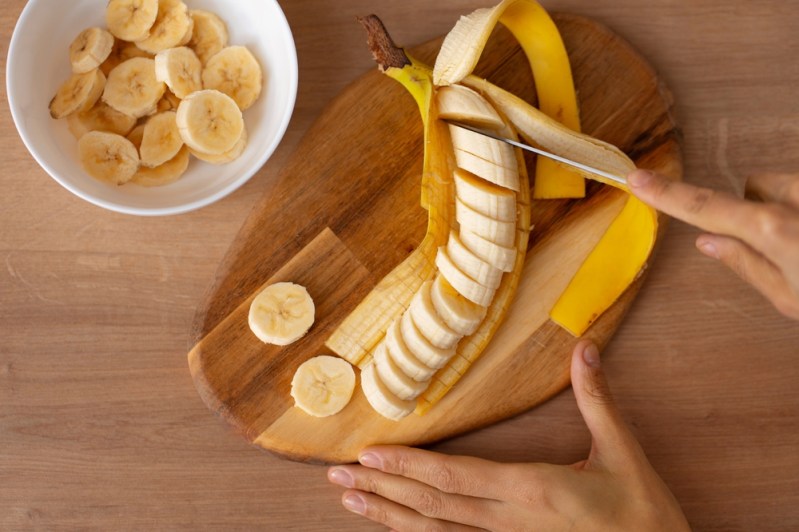
What can you eat on the BRAT diet?
The basic BRAT diet consists solely of bananas, rice, applesauce, and toast. These foods are gentle on the stomach because they are low in fiber and consist primarily of simple carbohydrates. For this reason, they are considered “binding foods” because they can firm up the stool.
Bananas
Bananas are high in potassium and magnesium and contain mostly simple carbohydrates so they are easier to digest than fruits like apples and berries. Since they contain electrolytes, bananas are an important part of the BRAT diet for replacing electrolytes lost in stool and vomit. If you are really nauseous and can’t fathom eating, you can freeze an unpeeled banana and cut small slices and suck on them.
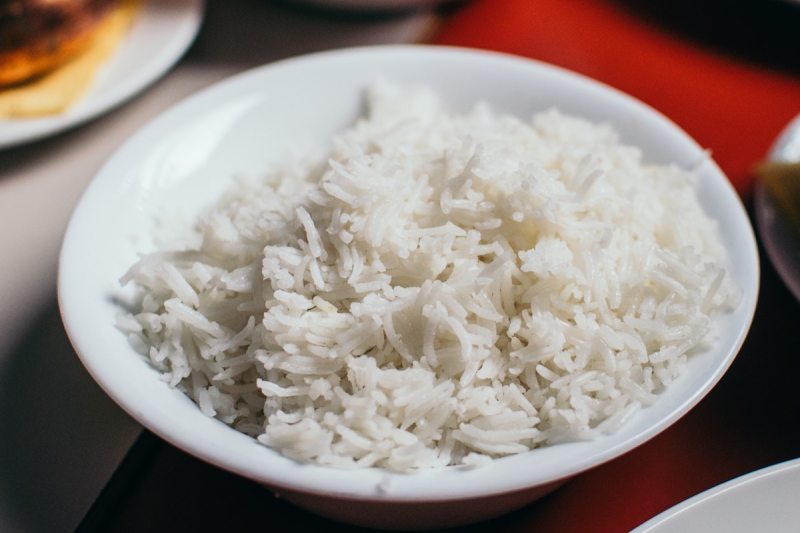
Rice
The rice you eat on the BRAT diet should be white rice because it’s lower in fiber and more gentle on the stomach than brown rice. Avoid heavy seasoning; a light sprinkle of sea salt is ideal. Sauces and spices can upset the stomach.
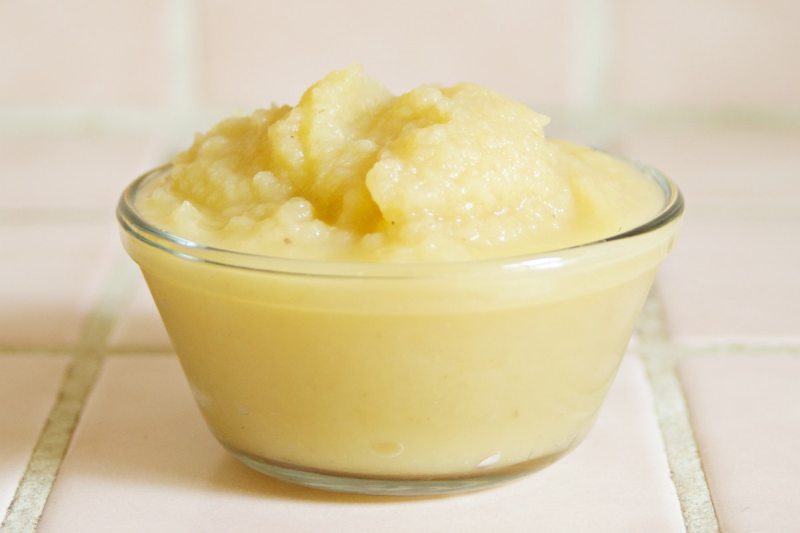
Applesauce
Applesauce is easy to digest and can keep blood sugar levels up. You can make your own or buy pre-made jars or cups. Avoid heavy seasoning with cinnamon.
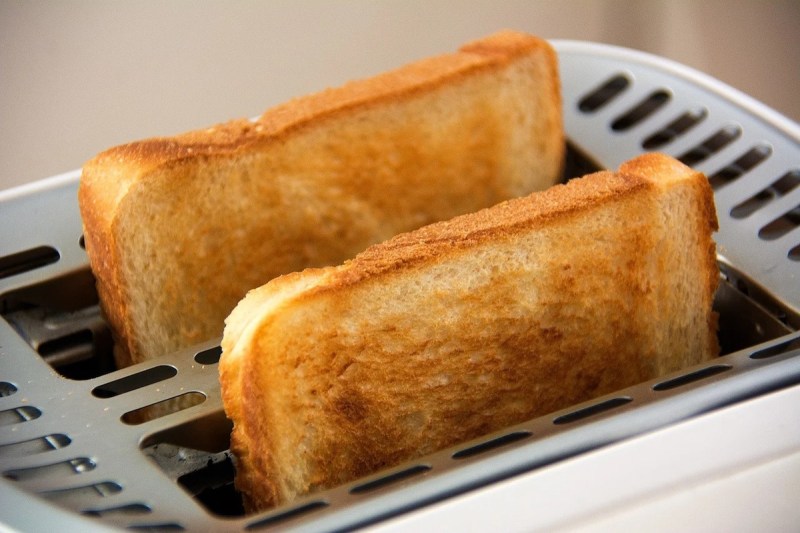
Toast
Toast should be plain or prepared simply with a tiny pat of butter until richer toppings are tolerable. The BRAT diet focuses on low-fiber choices, so white bread or potato bread are preferred over whole wheat or high-fiber breads with bran.
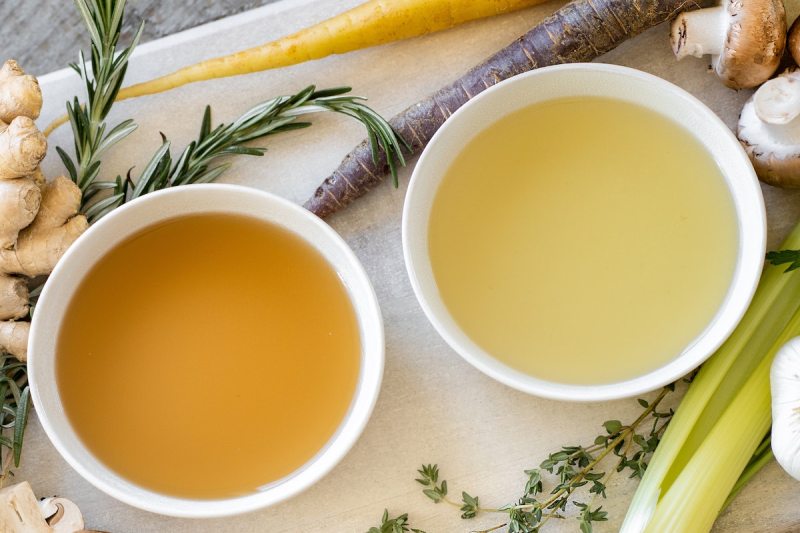
Can you eat anything else on the BRAT diet?
Although the traditional BRAT diet only includes bananas, rice, applesauce, and toast, some pediatricians and healthcare providers say that any bland foods can be incorporated into the diet during stomach illnesses. Other examples of bland foods include:
- Clear broth
- Saltines or water crackers
- Plain rice cakes
- Boiled, steamed, or mashed plain white potatoes
- Apple juice
- Flat soda
- Dry cereal; plain flavors that are low in fiber, such as Rice Chex, Cheerios, and Rice Krispies
- Popsicles
- Jello
- Plain hot cereal, like cream of wheat or oatmeal
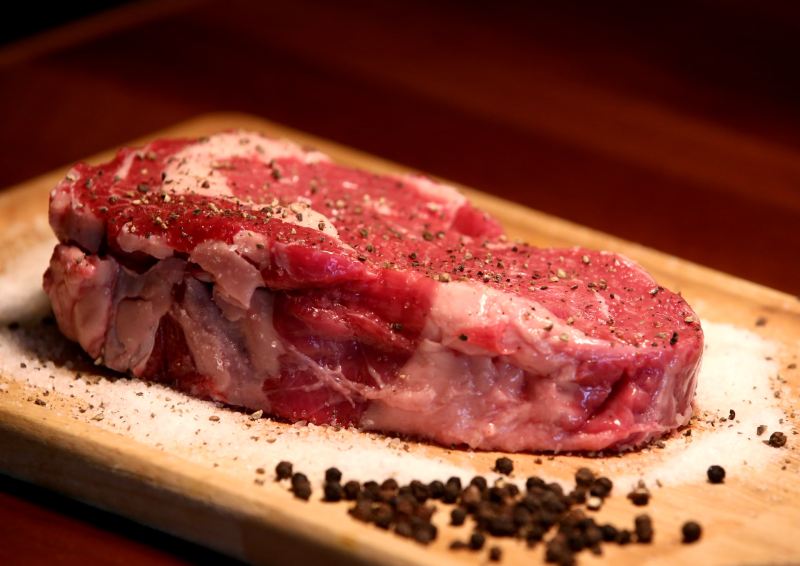
What foods can’t you eat on the BRAT diet?
Aside from the basics of bananas, rice, applesauce, and toast, and potentially the other bland foods mentioned, the BRAT diet pretty much excludes every other food.
Foods to avoid on the BRAT diet include the following:
- Meat, poultry, fish, and other forms of protein
- Milk, cheese, yogurt, and other dairy
- Tofu or soy
- Raw or cooked vegetables
- Eggs
- Avocados
- Citrus fruits
- Legumes
- Nuts
- Nut butters
- Seeds
- Oils
- Condiments
- Acidic foods
- Fried foods
- Spicy foods
- High-fiber foods
- Coffee
- Alcohol
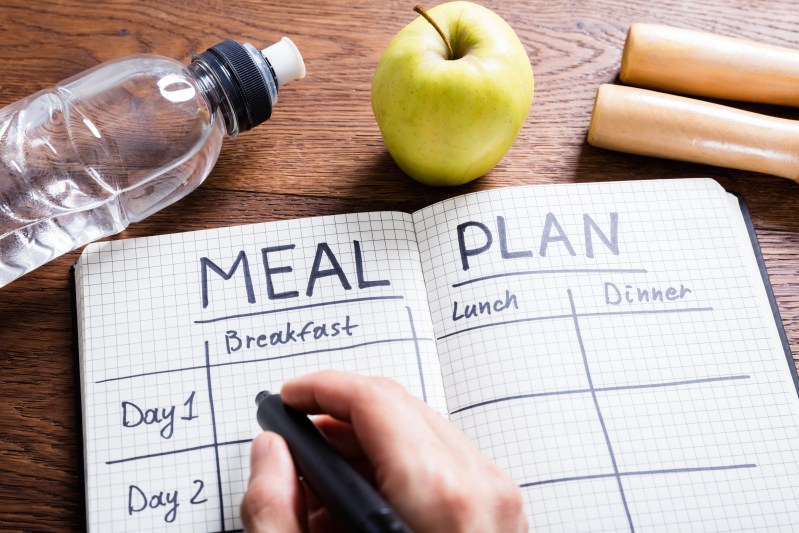
How to follow the BRAT diet
If you find yourself sick with a stomach illness or bad diarrhea, you might consider the BRAT diet. Here’s a basic overview of how to follow the BRAT diet:
- If you are vomiting or diarrhea is severe, wait to eat until symptoms have calmed down.
- Suck on ice, popsicles, or sports drinks if you can in order to keep hydrated and maintain appropriate electrolyte levels.
- Try apple juice or clear broth for the first 24 hours, and see if you can tolerate it and keep it down. If not, give your stomach a rest.
- On the second day, start following the BRAT diet as tolerated.
- On the third day, start adding foods like scrambled eggs, chicken noodle soup, or cooked white meat into your diet if you can, listening to your body’s needs and tolerance levels.

Does the BRAT diet work?
There is limited research about the efficacy of the BRAT diet, though common practice is still to follow the BRAT diet, or a modified bland diet, during stomach illnesses. It is low in fiber, so the BRAT diet is said to slow digestion and calm the intestines. It’s important to remember that the BRAT diet is not intended for long-term adherence. If your symptoms are not improving within a day or two on the BRAT diet, you should seek medical care.

Why the BRAT diet is no longer recommended for kids
According to the American Academy of Pediatrics, the BRAT diet is no longer recommended for children experiencing diarrhea because of its focus on low-nutrient foods lacking in essential elements necessary for recovery. Prolonged adherence to the BRAT diet can result in poor nutrition, as it primarily relies on carbohydrates that draw water into the digestive tract, making diarrhea worse and potentially affecting gut health.
A more beneficial approach is to consume a variety of gut-friendly foods while unwell. Incorporate oatmeal, sweet potatoes, low-fiber vegetables, and fruits such as berries and melons. Relying solely on the four choices allowed on the BRAT diet may not fulfill daily energy requirements — unless consumed in substantial quantities. Opting for meals that include all the major food groups is ideal — even during illness, as this ensures nutritional needs are met for proper recovery.
Editors' Recommendations
- Magnesium glycinate gummies: All the benefits, and why you should be using them
- Foods high in sulfur: The benefits and risks to know (and what to eat)
- Why is mushroom coffee suddenly so popular? We’ll tell you
- Chestnuts are a fall and winter favorite, and an RD tells us why you should be eating as many as you can
- Is peppermint good for you? An expert weighs in on this holiday season favorite




